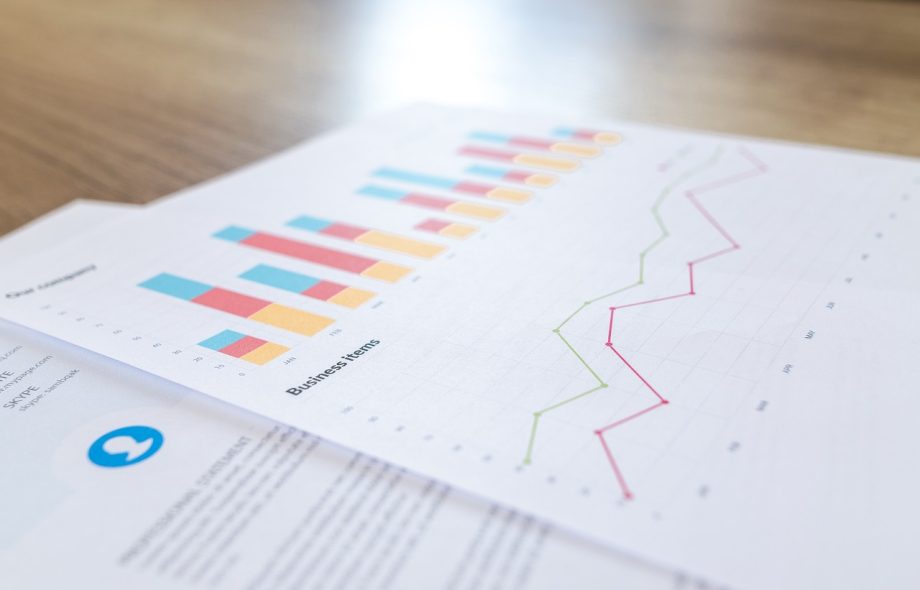Introduction
In the real estate and construction industry, financial stability and liquidity are critical factors that determine the success of businesses. Bankers rely on thorough balance sheet analysis for bankers to assess a company’s financial health before extending credit, funding development projects, or approving mortgage loans. Understanding how real estate and construction firms structure their balance sheets helps bankers evaluate risk exposure, profitability, and long-term sustainability.
This article explores the key elements of balance sheet analysis in the real estate and construction industry, highlighting specific metrics, risk factors, and best practices that bankers follow.
Key Components of a Real Estate and Construction Balance Sheet
A balance sheet provides a snapshot of a company’s financial position at a specific point in time. It consists of three main sections:
1. Assets
Current Assets: These include cash, accounts receivable, and short-term investments. For construction companies, this may include unbilled revenue from ongoing projects.
Inventory: Real estate companies often hold property inventory, including unsold residential or commercial units, land held for future development, and raw materials.
Fixed Assets: Real estate firms typically list properties, buildings, and land as long-term assets. Construction companies may have machinery, equipment, and vehicles used for development projects.
Investment Properties: Some real estate firms hold rental properties as assets, generating recurring revenue.
2. Liabilities
Current Liabilities: These include short-term debts, accounts payable, and accrued expenses. Construction companies may also list project-related liabilities, such as contractor payables.
Long-Term Debt: Real estate companies often finance property purchases with long-term loans or mortgages, which appear under this category.
Deferred Tax Liabilities: These arise due to differences in tax accounting methods for depreciation and capital gains.
3. Equity
Owner’s Equity or Shareholder’s Equity: Represents the owner’s stake in the business, including retained earnings and capital contributions.
Revaluation Reserves: In real estate, asset revaluations due to property appreciation affect equity.
Key Metrics Bankers Use for Balance Sheet Analysis
When analyzing a balance sheet in the real estate and construction industry, bankers focus on specific financial ratios and metrics to determine financial stability and risk levels.
1. Liquidity Ratios
Current Ratio (Current Assets / Current Liabilities): Measures the company’s ability to cover short-term obligations. A ratio below 1 indicates liquidity risk.
Quick Ratio [(Current Assets – Inventory) / Current Liabilities]: Excludes inventory to assess a company’s ability to meet short-term liabilities with its most liquid assets.
2. Leverage and Debt Ratios
Debt-to-Equity Ratio (Total Liabilities / Shareholder’s Equity): Indicates financial leverage. A high ratio suggests the company is heavily dependent on debt.
Interest Coverage Ratio (EBIT / Interest Expense): Measures how easily a company can pay interest expenses on outstanding debt. A low ratio signals potential financial distress.
Loan-to-Value Ratio (Loan Amount / Property Value): Used in real estate financing to assess risk exposure on a mortgage or construction loan.
3. Asset Utilization Ratios
Fixed Asset Turnover Ratio (Revenue / Net Fixed Assets): Determines how efficiently a construction company utilizes its machinery and equipment.
Return on Assets (Net Income / Total Assets): Measures profitability relative to asset investment.
4. Profitability Metrics
Gross Profit Margin (Gross Profit / Revenue): Indicates cost efficiency in construction projects.
Net Profit Margin (Net Income / Revenue): Measures overall profitability after all expenses.
Return on Equity (Net Income / Shareholder’s Equity): Shows how effectively a company generates profit from shareholder investments.
Risk Factors Bankers Assess in Balance Sheets
1. Project-Based Revenue Fluctuations
Construction companies often experience irregular cash flows due to long project cycles. Bankers assess how well a company manages working capital and accounts receivable to sustain operations.
2. Market Volatility in Real Estate Valuation
Property values fluctuate based on market demand, interest rates, and economic conditions. Bankers scrutinize how real estate firms account for asset appreciation or depreciation on their balance sheets.
3. High Debt Exposure
The real estate industry is capital-intensive, often requiring large amounts of debt financing. A high debt-to-equity ratio can signal financial distress if cash flows are insufficient to cover obligations.
4. Construction Delays and Cost Overruns
Unforeseen project delays or cost increases can impact a company’s financial position. Bankers evaluate contract liabilities, unbilled revenue, and contingency reserves.
5. Dependence on Interest Rate Trends
Since real estate and construction firms often rely on debt financing, rising interest rates can increase borrowing costs and reduce profitability. Bankers consider how well a company hedges against interest rate fluctuations.
Best Practices for Bankers in Balance Sheet Analysis
1. Conducting Trend Analysis
Bankers should review balance sheets over multiple years to identify trends in asset growth, debt accumulation, and liquidity changes.
2. Evaluating Off-Balance Sheet Liabilities
Some real estate firms use special purpose vehicles (SPVs) to manage projects, keeping liabilities off the main balance sheet. Bankers need to assess the full financial picture.
3. Assessing Property Portfolio Diversification
For real estate firms, a well-diversified property portfolio reduces risk exposure. Bankers analyze asset allocation across residential, commercial, and industrial sectors.
4. Comparing Against Industry Benchmarks
Benchmarking key financial ratios against industry standards helps determine a company’s relative performance and risk level.
5. Stress Testing Financial Scenarios
Bankers simulate adverse economic conditions, such as recessions or interest rate hikes, to assess how a company’s balance sheet would withstand financial shocks.
Conclusion
Analyzing balance sheets in the real estate and construction industry requires a deep understanding of industry-specific financial structures, risks, and economic influences. Balance sheet analysis for bankers involves evaluating liquidity, leverage, asset utilization, and profitability to determine a company’s financial strength and creditworthiness.
By leveraging financial ratios, risk assessment techniques, and industry benchmarks, bankers can make informed lending decisions that mitigate financial exposure while supporting business growth. As the industry evolves, technology-driven data analytics will further enhance balance sheet analysis, providing deeper insights into financial stability and investment potential.
 :
https://finuit.ai/
:
https://finuit.ai/












